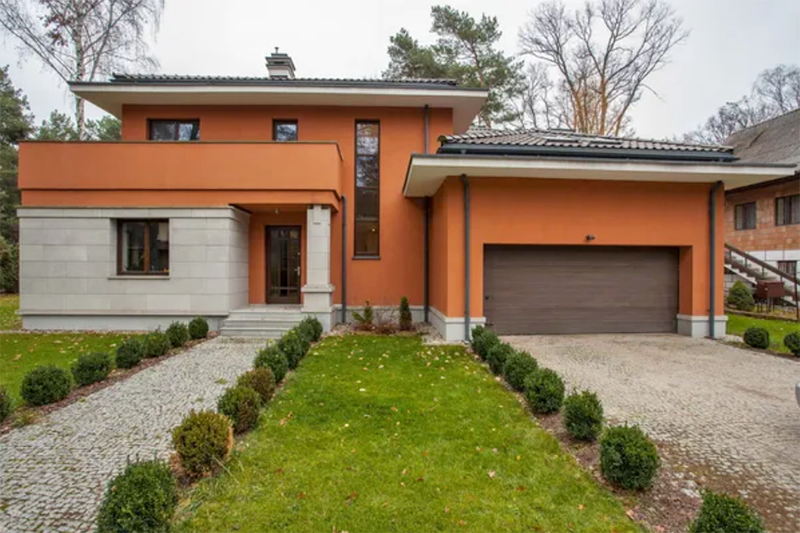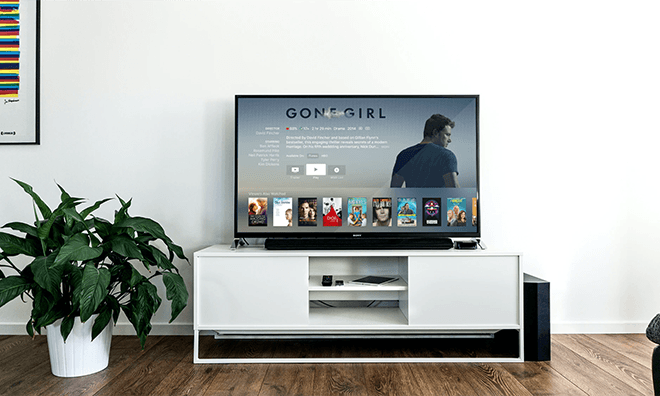Mortgage Rates Dip Slightly, Offering Small Relief in Tough Housing Market
This week, the average interest rate for a 30-year fixed mortgage went down a little, breaking a seven-week streak of increases. This provides a bit of comfort for people looking to buy a home in a market where prices are quite high.
The average rate for these long-term home loans is now 7.76%, down from 7.79% just a week ago, as reported by Freddie Mac. Last year at this time, the rate was lower, at 6.95%.
Impact of Rising Mortgage Costs
When the rates for mortgages go up, it means people will have to pay more each month. This increase can make it harder for them to buy homes in an already expensive market. It also stops people who got very low rates two years ago (around 3%) from wanting to sell their homes.
Higher mortgage rates, along with pricey homes, have caused a drop in the number of existing homes sold in the U.S. Sales fell in September for the fourth month straight, reaching the slowest rate in over ten years.
What’s Driving Mortgage Rates?
Mortgage rates have been over 6% since September 2022. They go up and down partly because of the 10-year Treasury yield, which helps lenders set loan prices. Rates on home loans can be influenced by how much investors think prices will go up (inflation), the global demand for U.S. government bonds, and what the Federal Reserve does with its own interest rates.
Federal Reserve’s Influence
Recently, the yield on the 10-year Treasury went up, reaching over 5% last week, the highest since 2007. This happened because the Federal Reserve hinted it might keep its interest rates higher for a longer time to control inflation.
However, the Federal Reserve didn’t raise its main interest rate this week, which made the yields go down. The 10-year Treasury yield went to 4.63% after their decision. But it might still change, and it’s higher than it was earlier in the year.
Sam Khater from Freddie Mac said the Federal Reserve is still unsure if it will raise rates before the year ends, and this uncertainty, along with other world events, could keep affecting the economy and the housing market.
What’s Next for Mortgage Rates?
According to Lisa Sturtevant from Bright MLS, even though the average 30-year mortgage rate is under 8% now, we shouldn’t expect big drops anytime soon. She predicts rates will stay close to 8% this month and then might slightly decrease by the year’s end. However, she thinks the average rate will hover around 7% into early next year and might go down to 6% by the end of 2024.
Government actions, like issuing more 10-year U.S. Treasurys, could keep pushing mortgage rates up. The more bonds they issue, the more they have to offer to make people want to buy them, which can lead to higher mortgage rates.
The Current Home Loan Market
With rates going up, fewer people are applying for home loans now than at any time since 1995. This is according to the Mortgage Bankers Association, which says that high prices and not enough homes for sale are making people less interested in borrowing for a home.
To deal with this, more people are considering adjustable-rate mortgages (ARMs), which have seen an increase in applications. At the same time, fewer people are looking to refinance their homes.
The costs for 15-year fixed-rate mortgages, which many homeowners choose when they refinance, didn’t change this week and stayed at an average of 7.03%, Freddie Mac reports. This rate is also up from last year, which was 6.29%.




